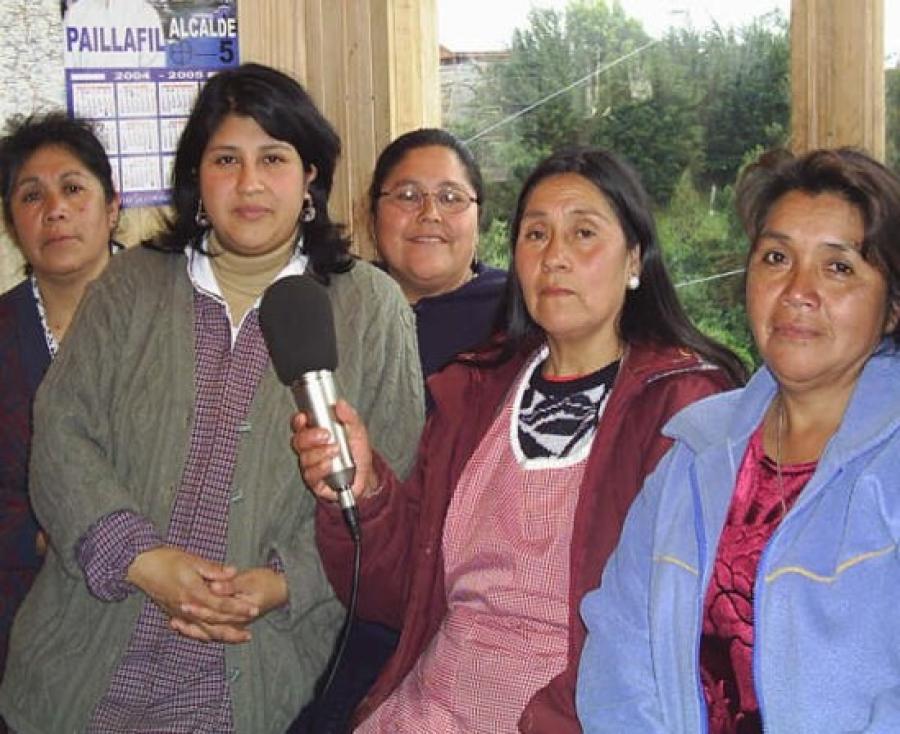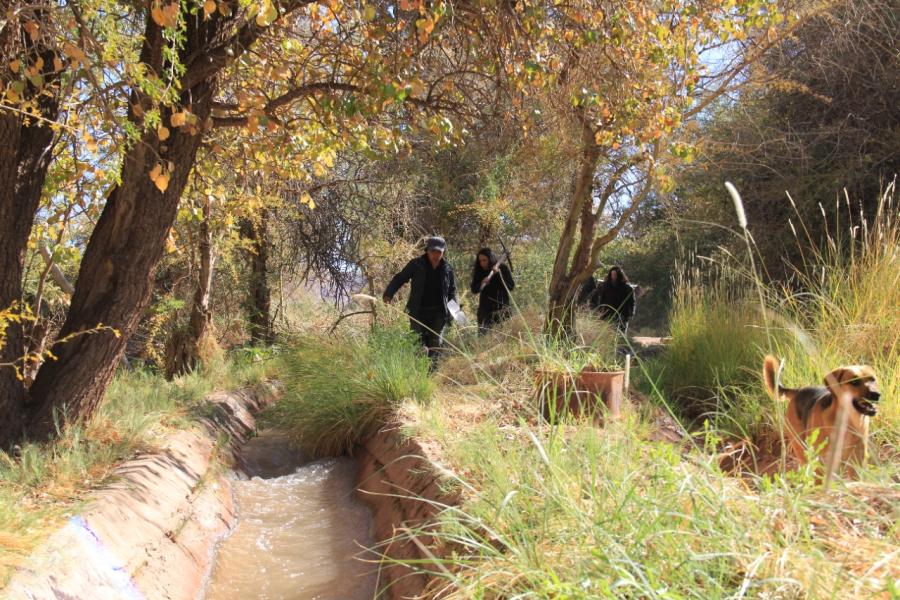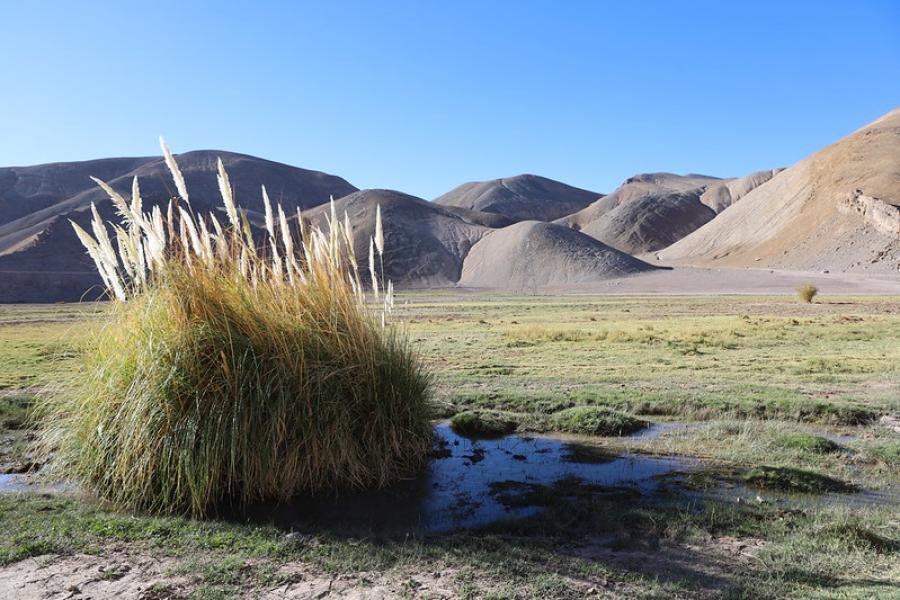By Aviva Imhof - Special to The Bee
How to generate electricity without selling out the climate is one of the pressing issues facing humanity today. But don't worry; the international hydropower industry says it has the situation covered. It's using the threat of global warming as a pretext for promoting a new generation of big dams in developing countries.
But investment in hydropower dams will not only increase our vulnerability to climate change, it will also sell out some of the last remaining wild places on Earth, and the lives and livelihoods of tens of millions of people.
This week, more than 2,000 people will come to Sacramento for the world's largest gathering of hydropower professionals: HydroVision 2008. They will meet at the Sacramento Convention Center, just a stone's throw away from the offices of Gov. Arnold Schwarzenegger, who is enthusiastically promoting two new dams for California, supposedly to help us adapt to a drier climate. While the conference features panels on emerging low-impact hydro technologies such as ocean and tidal power, the interest of most of the attendees is in expanding the global market for conventional big-dam hydropower.
It's time for the industry and its lobbyists to admit that this is the wrong climate for big-dam hydropower. A changing climate means more frequent and more severe droughts and floods. River flows will see major changes as glaciers and snowpack melt, and rain and snowfall patterns are drastically altered.
Unprecedented floods will hasten the rate at which reservoirs fill with sediment. Meanwhile, worsening droughts will mean dams will fail to meet their power-production targets. Scores of poor countries are already overly dependent on hydropower and have suffered serious power shortages in droughts.
Water scarcity-induced power cuts in 1999-2000 in Kenya – which got four-fifths of its electricity from hydropower at the time – cost the country at least .4 billion a year, equal to one-sixth of its gross domestic product.
Not only that, but an emerging body of science indicates that reservoirs, especially in the tropics, are a significant source of greenhouse gas emissions from rotting soil and vegetation. Such reservoirs can have a greater impact on global warming than fossil fuel plants generating equivalent amounts of electricity. Yet projects of this nature continue to be built, with no one keeping track of their emissions.
As if all this were not bad enough, the locations where large dams are now being planned – along the Mekong in Southeast Asia, the Amazon basin, the rivers of Chilean Patagonia and the Congo River in central Africa – are some of the last wild rivers on Earth. They sustain habitats for countless freshwater species and support the lives of tens of millions of fishermen and farmers. By blocking migratory routes for fish and reducing the diversity of habitats, more dams will also make river ecosystems more vulnerable to damage from climate change.
The Brazilian government, together with the powerful Brazilian hydropower industry, plans to build 60 to 70 large dams, converting the world's largest and most biologically diverse river ecosystem into a series of slack-water reservoirs. These dams will flood vast areas of the rain forest, cause great ecological harm and destroy the lives of indigenous people and others who live off the rivers' rich bounty.
Real solutions exist that can cut climate pollution: they are affordable, clean and sustainable, and don't destroy the livelihoods of the rural poor or sacrifice some of Earth's last wild places. These solutions don't involve grandiose infrastructure plans, the benefits of which will flow to those who can afford to pay, while the poor bear the effects. They do involve investment in "no regrets" measures that provide climate security as well as energy security.
Developing countries have massive unexploited potential for new renewable technologies such as wind, solar, geothermal and modern biomass energy, as well as low-impact, non-dam hydropower. Such technologies are much more suited to meeting the energy needs of the rural poor, as they can be developed where people need the power and do not require the construction of massive transmission lines.
Large-scale renewable sources of energy are also an attractive and affordable solution to many countries' needs. The cost of wind power in good locations is now comparable to or cheaper than that of conventional sources. Both solar photovoltaics and concentrating solar power are rapidly coming down in price and could soon be competitive with conventional sources.
But these are not the discussions that will be taking place in Sacramento this week. Instead, the big-dam lobbyists will celebrate the massive opportunities for conventional hydropower abroad and trading tips on how to further their business interests.
If we are to significantly reduce global greenhouse gas emissions and protect some of the last wild places on Earth, we need an industry that looks forward to a new paradigm of energy production, not one dependent on environmentally destructive, inefficient and inequitable models. It is a new world out there and the hydro industry needs to develop a brave new HydroVision to deal with it.
This story is taken from the Sacramento Bee / Opinion.



